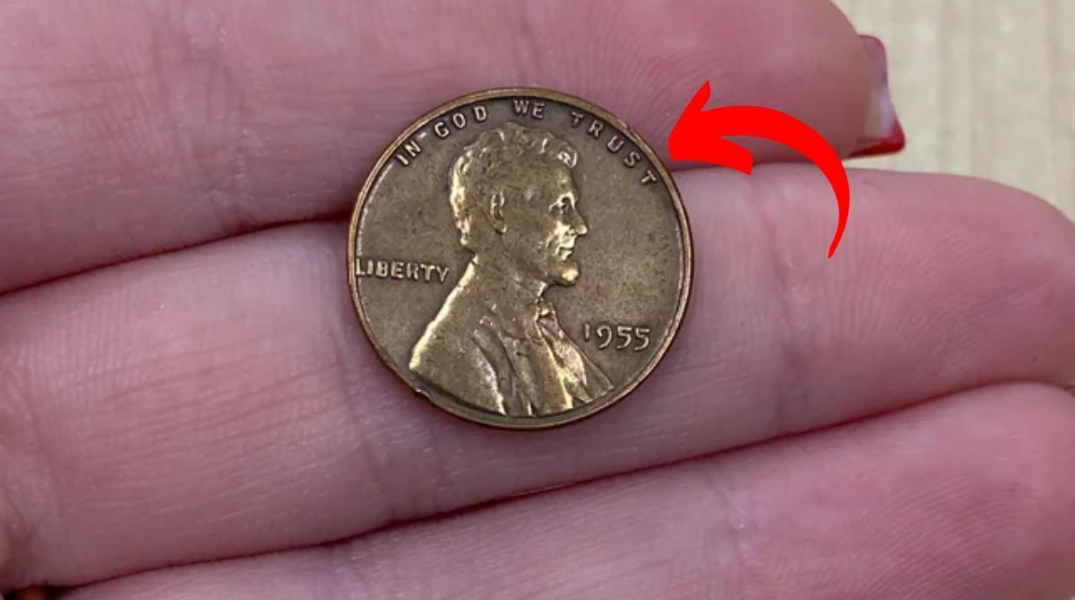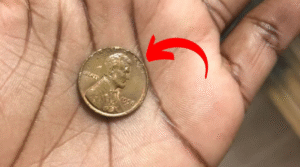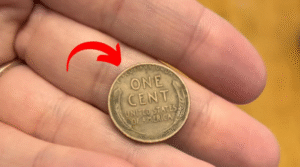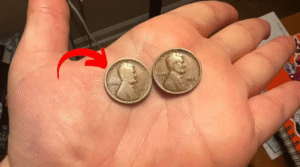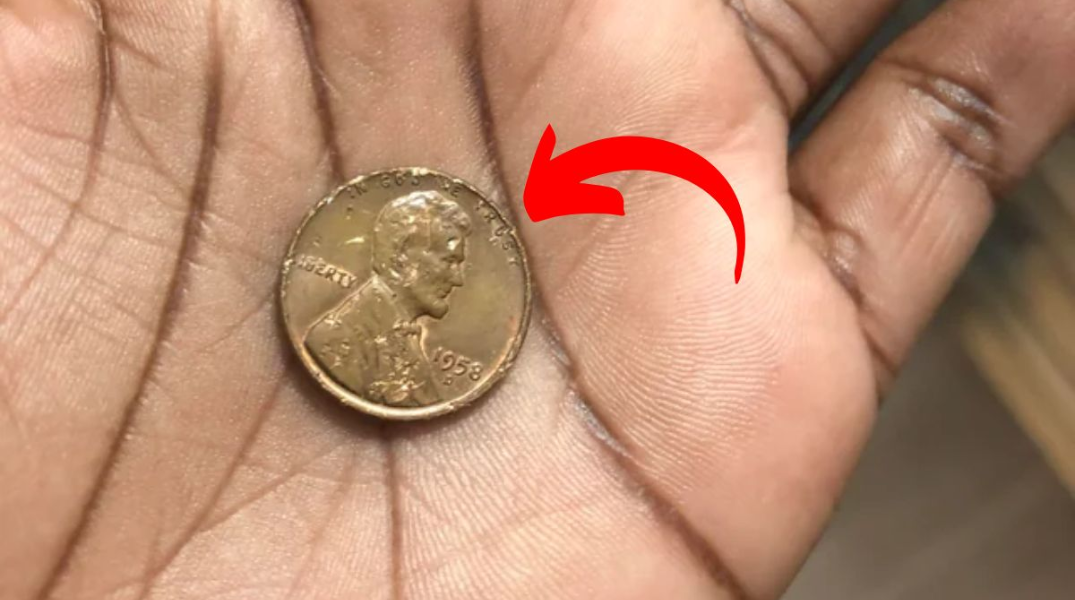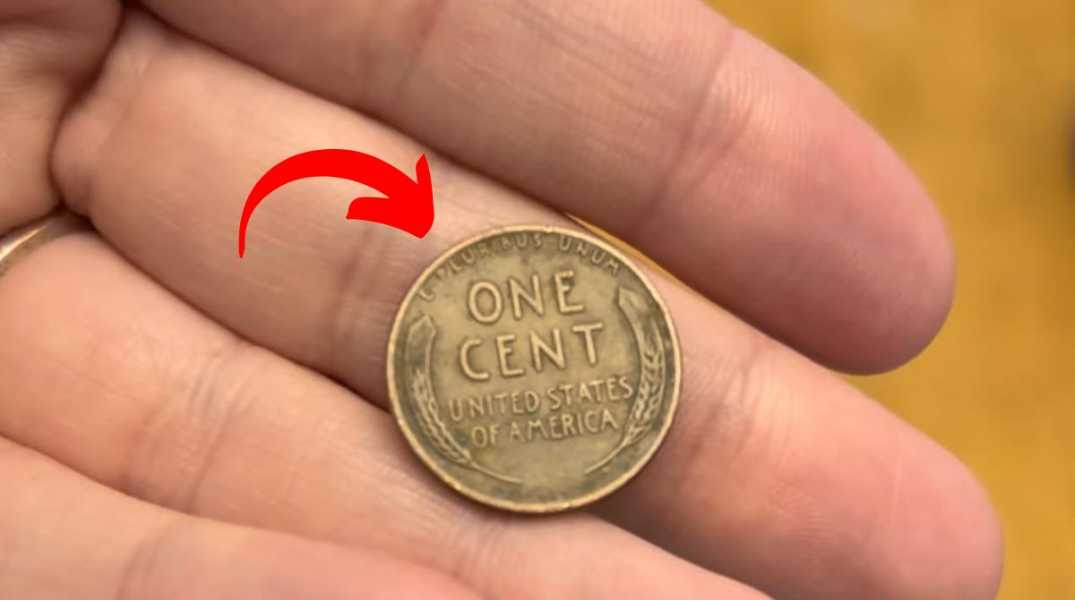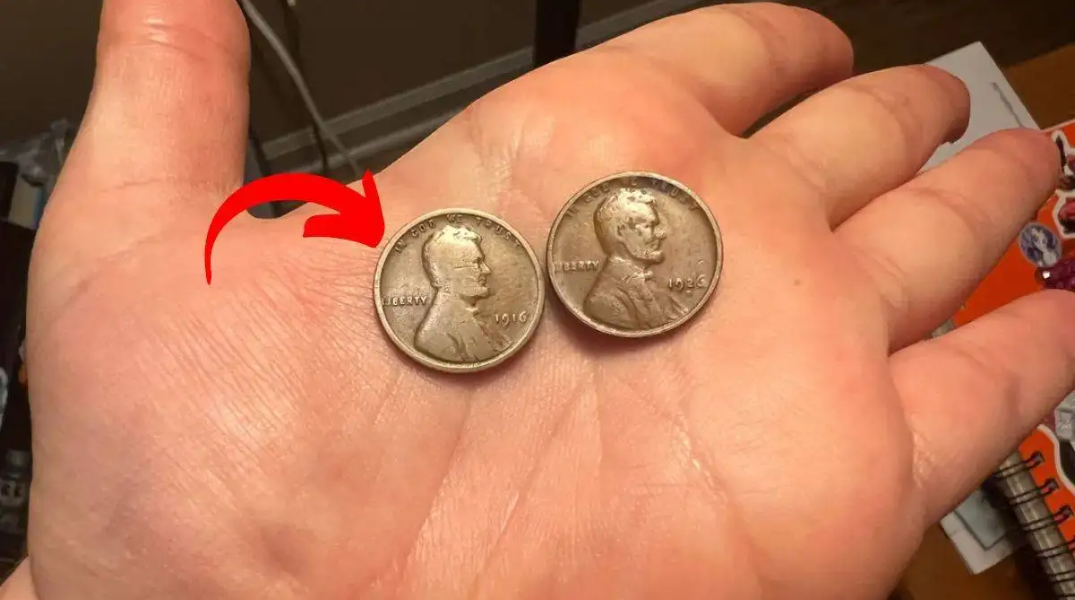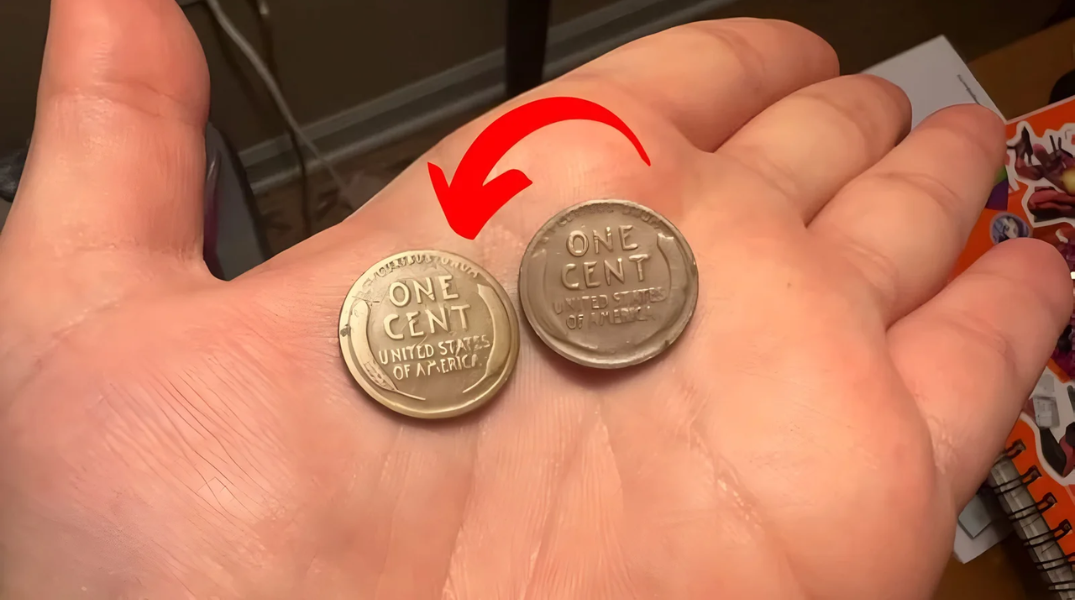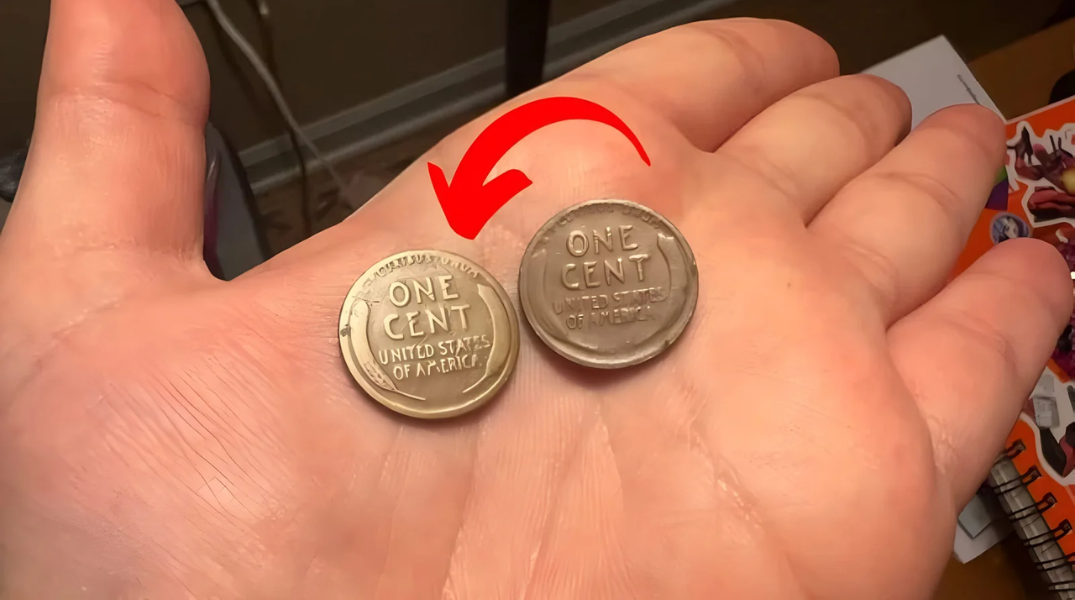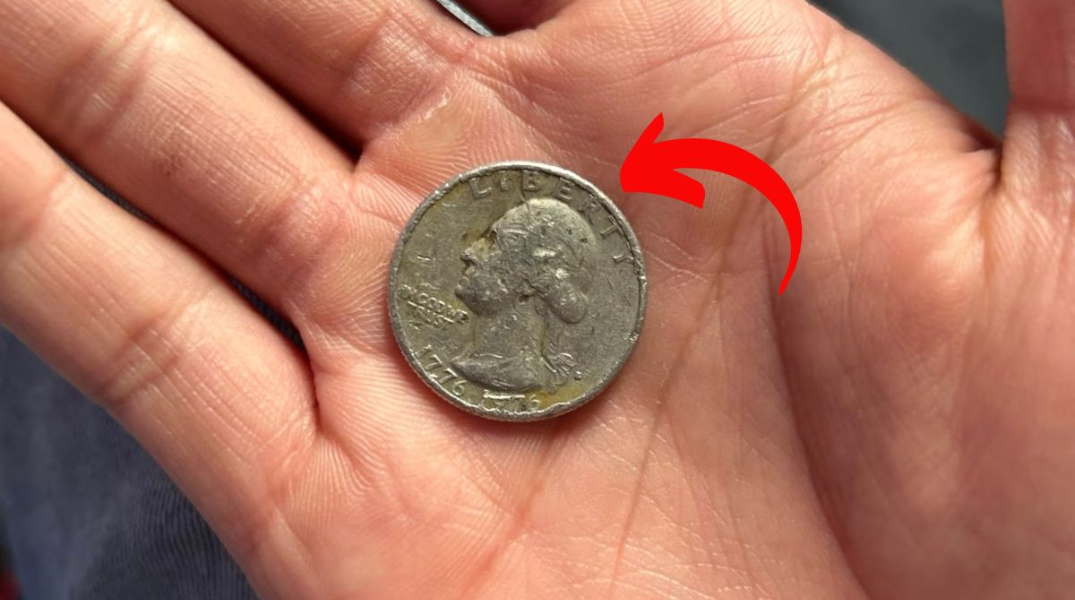The Lincoln Wheat Penny Valued at $370,000 – You may have walked past a penny on the sidewalk or tossed one into a jar without a second thought—but what if that humble coin was worth more than your car? The Lincoln Wheat Penny, a coin that once jingled in the pockets of everyday Americans, has skyrocketed in value among collectors. Some rare versions have fetched up to $300,000 at auction—yes, for a single one-cent coin.
It’s the kind of real-life treasure hunt that keeps numismatists and casual collectors alike peeking into change jars and coin rolls. Let’s dive into why this iconic penny is capturing national attention again, and how you might stumble upon one of these copper gems.
A Penny with Presidential Power
Introduced in 1909, the Lincoln Wheat Penny wasn’t just another coin—it marked a pivotal shift in U.S. coinage. It was the first American coin to feature an actual person, honoring Abraham Lincoln on his 100th birthday. Prior to this, U.S. coins bore images of symbolic figures like Lady Liberty.
Designed by Victor D. Brenner, the obverse of the penny showcased Lincoln’s profile, while the reverse featured two stylized wheat stalks flanking the denomination and country name—a nod to America’s agricultural roots. The iconic design remained in circulation until 1958, when it was replaced by the Lincoln Memorial design.
Why Are Some Pennies Worth Thousands?
Most Lincoln Wheat Pennies are worth a few cents to a couple of dollars, but certain rare issues have become incredibly valuable due to:
- Minting mistakes
- Historical production changes
- Extremely low mintage numbers
The crown jewel of Wheat Pennies is the 1943 copper penny. During WWII, copper was needed for war production, so pennies that year were supposed to be made from steel coated with zinc. However, a few copper blanks were mistakenly used—creating a rare and accidental coin. Fewer than 50 are believed to exist today.
The Teen Who Found a Fortune
The story of Don Lutes Jr. adds a human twist to the legend. In 1947, as a high schooler in Massachusetts, he found a 1943 copper penny in his lunch change. He kept it for decades, unaware of its worth. After his passing, the coin sold for $204,000 in 2019. Stories like this fuel collectors’ dreams of discovering hidden treasures in everyday places.
Other Wheat Pennies Worth Hunting
While the 1943 copper penny gets the headlines, other Lincoln Wheat Pennies also command high prices:
- 1909-S VDB: Minted in San Francisco with designer initials on the reverse. Can fetch over $1,000.
- 1914-D: From the Denver Mint, known for its limited quantity. Value: $300 to $5,000+ depending on condition.
- 1955 Double Die: This striking error makes the date and lettering look doubled. Value: $1,000+.
- 1922 No D: A Denver-minted penny missing the mint mark due to die polishing. Highly prized.
- 1931-S: A low-mintage issue that appeals to collectors.
What Determines a Penny’s Value?
Not all Wheat Pennies are created equal. Here’s what can make your penny worth a fortune:
- Condition: Graded on a scale from Poor (P-1) to Mint State (MS-70). Higher grades mean higher value.
- Mint Marks: Look for small letters under the date. “S” = San Francisco, “D” = Denver, and no letter = Philadelphia.
- Errors: Doubled dies, off-center strikes, or wrong metal usage boost value dramatically.
- Rarity: The fewer that exist, the more collectors are willing to pay.
- Historical Interest: Pennies minted during significant times in U.S. history attract additional attention.
Can You Still Find Them in the Wild?
Yes! While rare, Lincoln Wheat Pennies still show up in circulation, especially in coin rolls from banks or old family jars. Places you might stumble upon one include:
- Grandma’s piggy bank
- Garage sales
- Estate auctions
- Flea markets
- Old furniture or drawers
A few savvy hobbyists even practice “coin roll hunting,” buying penny rolls from banks and inspecting each coin in hopes of finding a rare piece.
Why These Pennies Matter Beyond the Money
Wheat Pennies are more than just valuable coins—they’re snapshots of American history. From the Great Depression to WWII, they’ve been carried through eras of hardship and triumph. They remind us of a time when coins were crafted with meaning, detail, and care. Holding one can feel like holding a piece of the past.
Start Your Own Penny Treasure Hunt
Getting started in coin collecting is easy—and fun. Here’s how:
- Check old coin jars and piggy banks.
- Ask relatives if they’ve kept any old coins.
- Visit coin shops and antique stores.
- Buy a basic coin magnifier and Wheat Penny guidebook.
- Handle coins by the edges to preserve their value.
Even if you don’t strike it rich, collecting Wheat Pennies can become a rewarding hobby that brings you closer to America’s past.
FAQs About Valuable Wheat Pennies
Q: What year Lincoln penny is worth $300,000?
A: The 1943 copper Lincoln Wheat Penny—an ultra-rare error coin—has sold for as much as $300,000.
Q: How can I tell if my 1943 penny is copper or steel?
A: Use a magnet. Steel pennies will stick, but copper ones won’t. Also, copper ones are reddish-brown while steel ones are grayish.
Q: Are all 1943 pennies valuable?
A: No. Most 1943 pennies are steel and worth only a few cents. Only the rare copper version holds significant value.
Q: Where can I sell my Wheat Pennies?
A: Try coin shops, online marketplaces like eBay, or get a professional appraisal from a numismatist.
Q: Is it legal to own or sell rare coins like the 1943 copper penny?
A: Absolutely. These coins are legal to own, buy, and sell in the United States.
Q: What tools do I need for coin collecting?
A: Start with a coin magnifier, storage albums, reference books, and soft gloves to avoid damage.
Final Thoughts
Lincoln Wheat Pennies prove that big value can come in small packages. With a bit of luck and some curiosity, your next trip to the coin jar might uncover a six-figure surprise. Whether you’re a history buff, a treasure hunter, or just curious about what’s in your pocket, there’s something magical about these copper coins. So go ahead—check your change. You might be holding a piece of American history…and a small fortune.
